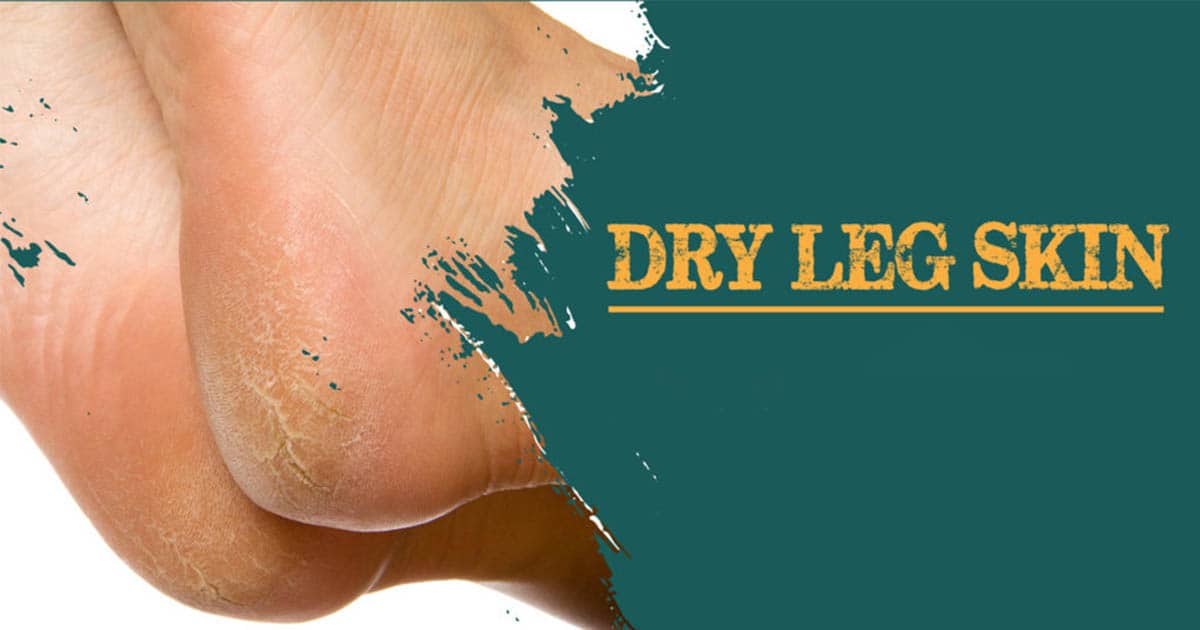Skin drier on legs can occur from being exposed to cold, dry air – known as “winter tingle.” Sometimes it’s due to age or diabetes mellitus; other times it may be an issue called xerosis cutis/astatosis that needs dermatological intervention. Dry legs tend to occur more in winter weather months as less moisture is around; however it can happen anytime at any age, even extreme cases that lead to skin breaking off altogether.
1) Changing Your Bathing Routine
Adjust How Often You Shower.
Showering washes away many of your skin’s natural oils that not only keep it hydrated but also provide protection from harm that could further dry it out. By frequent showering, more regular oils could be lost than can be replaced resulting in dry legs.
- Start taking showers once or twice each day or every other day. If necessary, use cooler water and target those areas most impacted (armpits and crotch area).
- Long and frequent showering sessions may lead to problems; try setting aside 10-15 minutes each time for washing, once a day at most.
Shower With Warm Water.
Shower with warm water. Another part of your washing schedule that helps strip away some of your natural, defensive oils is setting the temperature of your shower or bathwater to something truly boiling; this allows your skin to shed all its oils quickly but dries you out a great deal, leaving behind dryness behind in its wake. For best results, it would be wise to switch to water which is just barely scarcely warm instead in order not to disturb legs during bathtime.
Most shower or bath users do not possess a water thermometer in order to determine how hot their shower or tub water temperature should be, so how would you know if it is too hot? A general guideline of thumb would be: if a child would not go in that water, neither should you. When testing temperature with sensitive areas like your wrist and inner arms – always aim for keeping as cold water possible until needed.
Take A Warm Oatmeal Bath
Cereal showers can help ease skin tingles. Simply combine 1 cup (85 grams) of colloidal or ground cereal into your hot shower for 20 minutes of total relaxation before flushing away with cool water and towelling yourself dry afterwards.
Discover colloidal cereal in the shower section of your local store or online.
- Assuming you need to create your own colloidal cereal, put standard folded oats into a blender and grind until a better consistency has been reached.
Avoid Harsh Soaps
Cleansers designed for oily skin or with an extremely acidic pH level could irritate sensitive skin, so consider products designed specifically for “sensitive skin” or that include lotions as a form of protection.
One study discovered Dove cleansers, especially White and Baby Dove products, to be among those best tailored for sensitive skin.
Be Gentle With Your Skin.
When conducting your regular hygiene regimen, take extra care in treating your skin delicately. Your legs in particular have particularly thin and vulnerable skin that is vulnerable to developing issues. Be generous when caring for it to assist it with healing and avoid further issues from returning.
- Peel your skin on occasion to maintain healthy, beautiful skin. While peeling can be beneficial, be careful to do it in a controlled and delicate fashion without overexfoliating. A soft drink glue or washcloth are generally sufficient to eliminate dead skin cells from your body while loofahs or pumice stones could aggravate the problem further.
- Whenever shaving legs, use a new razor and be gentle when shaving. Dull razors can irritate skin irritation or even cause it to occur initially; to ensure optimal results shave against hair growth which is from up to down.
Air Dry Or Pat Dry
After cleansing your skin with soap and water, be gentle when drying it off with a towel. Rubbing too hard may strip away moisture that your body needs to maintain balance – allow yourself to air dry if possible or gently wipe with a clean, delicate cloth towel to ensure maximum care and effectiveness in drying off your skin.



